It seems like the Aston by-election was not just a disaster for the Liberal Party, losing a once-safe seat from Opposition, but just as bad for home buyers.
Aston’s population has a high proportion of mortgage borrowers and at the time of the election, the RBA had hiked interest rates by 3.5
Already a subscriber? Log in
Get 10 issues
for $10
Subscribe to The Spectator Australia today for the next 10 magazine issues, plus full online access, for just $10.
- Delivery of the weekly magazine
- Unlimited access to spectator.com.au and app
- Spectator podcasts and newsletters
- Full access to spectator.co.uk
Or

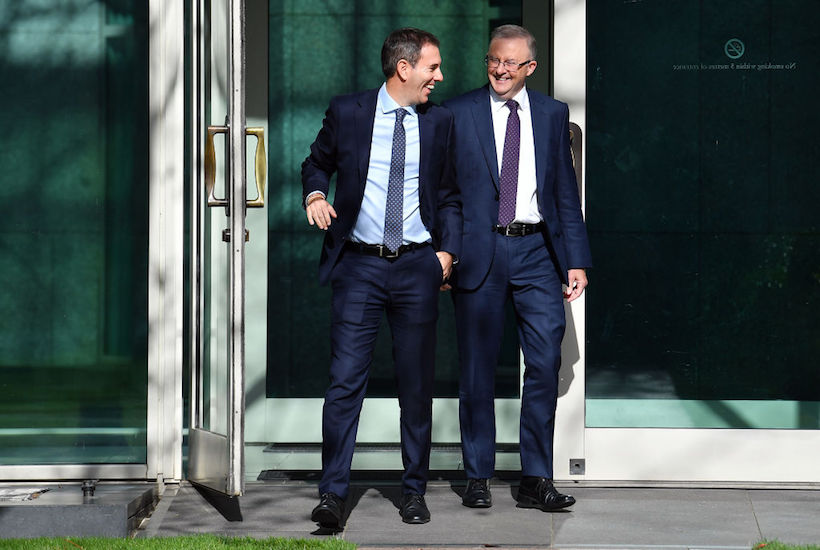

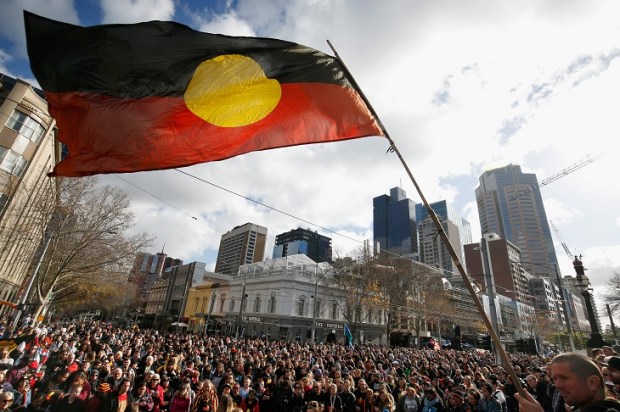

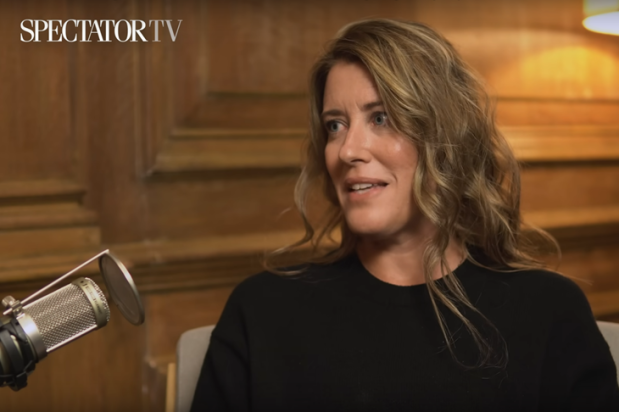

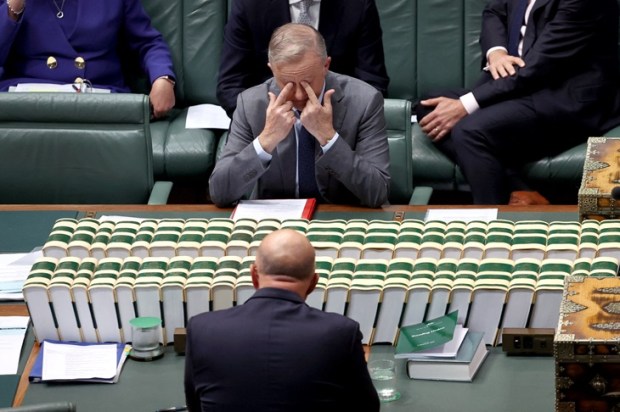
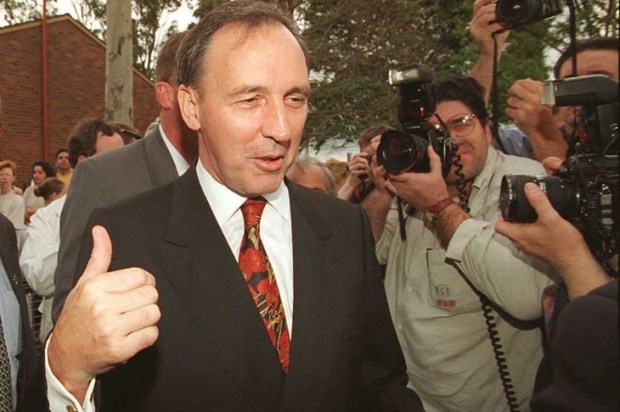


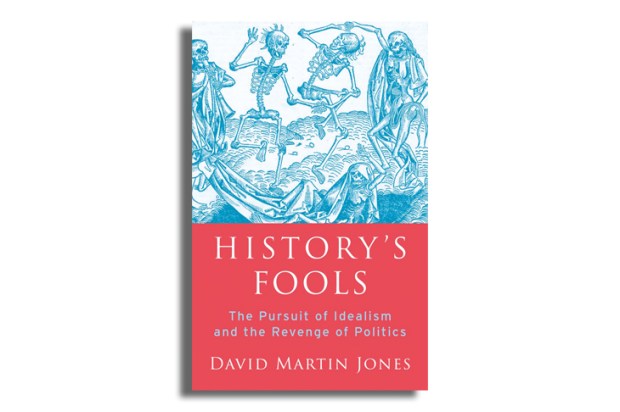


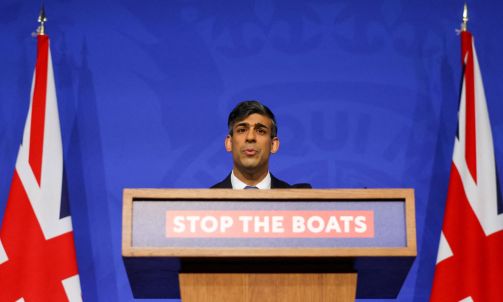

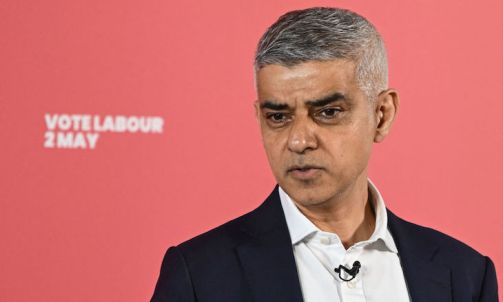
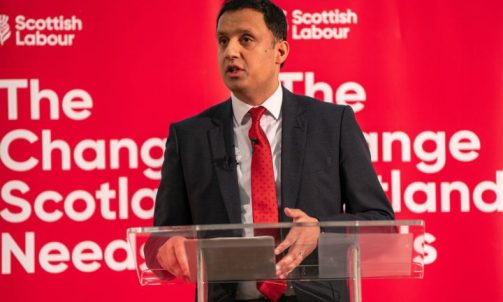

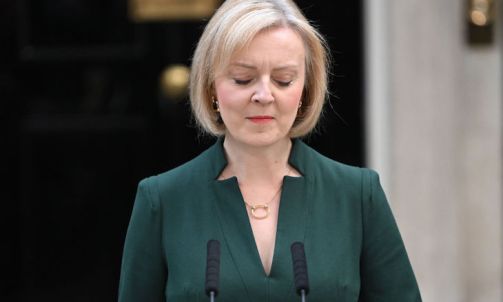


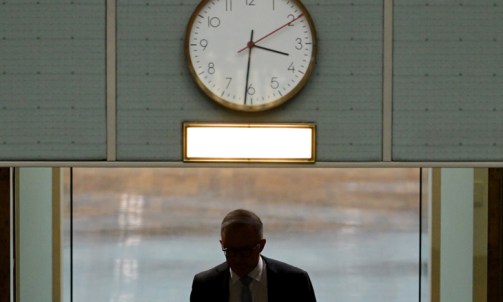
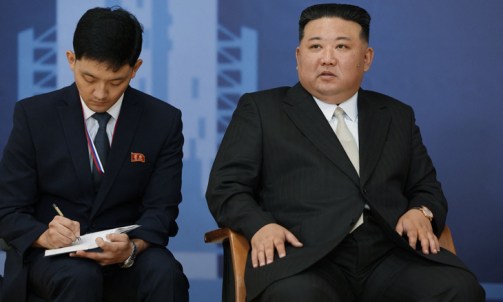
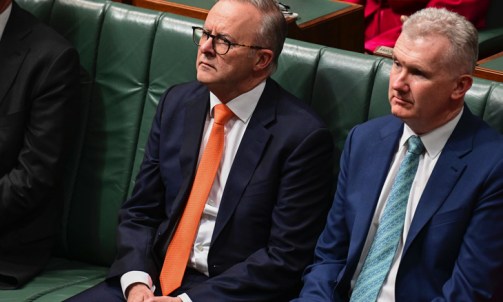

Comments
Don't miss out
Join the conversation with other Spectator Australia readers. Subscribe to leave a comment.
SUBSCRIBEAlready a subscriber? Log in